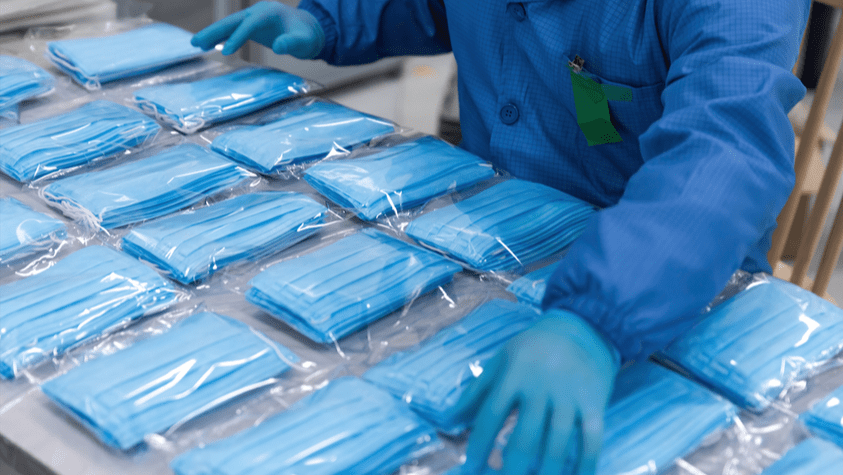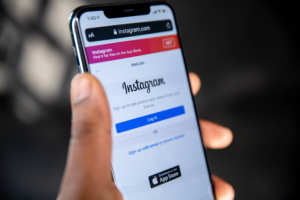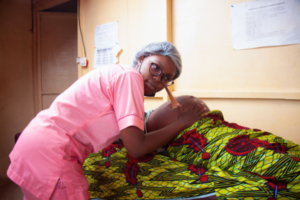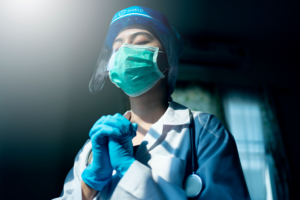
Nosocomial infections, also known as hospital-acquired or healthcare-acquired infections (HAI), are a significant source of illnesses and deaths. In fact, the Centers for Disease Control and Prevention (CDC) estimates that 1 in 25 hospital patients have an HAI on any given day. Healthcare organizations and providers go to great lengths to reduce infections between patients and staff, including the implementation of stringent infection control policies, handwashing, use of masks and respirators, disinfection, and isolation.
The need to prevent healthcare-acquired infections takes on special urgency during the COVID-19 pandemic, which has claimed hundreds of thousands of lives in the United States.
The Prevention of Healthcare Acquired Infections during the COVID-19 Pandemic
Universal masking of patients, staff, and visitors
The CDC recommends that all patients, staff, and visitors wear masks in the healthcare setting. The CDC recognizes that there are situations in which patients cannot wear masks, such as:
- In children younger than 2
- In those who have trouble breathing
- In unconscious or incapacitated patients or in patients who are otherwise unable to remove the cloth face-covering without assistance
- During an examination of the nose, mouth, or lips
In cases in which patients cannot wear a mask, medical personnel providing care within 6 feet of the patients should wear a medical mask. In geographic areas where there is moderate to substantial risk of COVID-19 transmission, personnel should also wear protection.
In communities where there have been no new COVID-19 cases for several weeks, healthcare organizations can work with local public health authorities to re-evaluate universal masking. These organizations should remain prepared to resume universal masking if new cases of COVID-19 emerge.
Use of respirators during certain medical and surgical procedures
Healthcare personnel should wear N95 or higher-level respirators during all aerosol-generating procedures or surgical procedures that may pose a higher risk for transmission of coronavirus. Aerosol generating procedures are more likely to induce coughing, sneezing, talking or breathing, and may include:
- Open suctioning of airways
- Cardiopulmonary resuscitation (CPR)
- Sputum induction
- Endotracheal intubation, extubation
- Bronchoscopy
- Non-invasive ventilation, such as CPAP and BiPAP
- Manual ventilation
Higher-level respirators should be worn during surgical procedures that generate potentially infectious aerosols or involve the patient’s nose, throat, oropharynx, respiratory tract, or other anatomic regions presenting greater viral loads. Because of the risk of false-negative test results, healthcare personnel should wear these respirators even if the patient had a negative COVID-19 test.
Related Articles
Using contingency strategies to conserve respirators
Following recommendations for universal masking, coupled with re-opening for elective procedures, will greatly increase the demand for respirators. To ensure adequate respirator supplies for aerosol-generating procedures during shortages, healthcare organizations may use contingency conservation strategies to conserve N95 and other facepiece respirators. These strategies may include:
- Extending the use of N95 respirators beyond the shelf life for test-fitting and training purposes
- Extended use of N95 respirators, which is the practice of wearing the same respirator during repeated close contact encounters with a number of patients without removing the respirator between these encounters; extended use of N95 respirators is suitable for situations in which healthcare personnel provide care to patients who all have COVID-19
- Re-using N95 respirators, a practice in which healthcare providers use the same respirator during repeated contact with several different patients, but takes the respirator off after each encounter
Failure to develop and implement these conservation strategies could leave healthcare organizations short on respirators, and put their healthcare workers and patients in danger of transmitting or contracting the virus that causes COVID-19.
Limiting volume delivered during times of crisis
Many areas of the country saw – and continue to see – large surges in the number of COVID-19 cases. To keep up with crushing caseloads, some healthcare providers in these areas had to abandon their usual policies and procedures and resort to “crisis standards of care.” While these crisis strategies can help healthcare personnel manage large numbers of very sick patients, the effectiveness of these strategies is uncertain; they may even increase the risk for transmission of coronaviruses and other infectious diseases between healthcare providers and patients.
Limiting the volume of care delivered under crisis standards can help reduce nosocomial COVID-19 infections. Limiting elective procedures and ambulatory care are also prudent.
Pre-operative testing
Shortly before undergoing elective surgery or other aerosol-generating procedures, patients should have a COVID-19 test. Admittedly, COVID-19 testing kits continue to be in short supply, so some organizations will not have access to testing supplies. Because of the risk for COVID-19 transmission to both patients and healthcare personnel during these surgeries and procedures, these organizations must weigh the benefits and the risks to performing these surgeries and procedures without proper testing.
In situations where supplies of COVID-19 testing kits are limited, healthcare practitioners should properly screen patients for COVID-19 symptoms and recommend patients with COVID-19 symptoms undergo further evaluation for the disease. Universal testing for COVID-19 among asymptomatic patients is the better option, though, as patients with incubating COVID-19 may not experience symptoms immediately prior to an elective procedure and then develop over COVID-19 infection during recovery. A severe infection could cause complications following the procedure. Furthermore, performing a procedure on asymptomatic or presymptomatic COVID-19 patients poses a high risk of transmission of COVID-19 to the medical/surgical team. Patients who have a positive COVID-19 test, which suggests they have an active infection, should not undergo planned procedures until they recover from their infection.
Patients should undergo testing as close as possible to the time of the procedure, as long as there is enough time to receive the results. States have issued various executive orders outlining their individual requirements for dental, medical, and surgical procedures and testing during COVID-19. To ensure maximum protection against nosocomial COVID-19 infections, healthcare organizations and doctors should advise patients to self-quarantine between the time of testing and the day of their procedure.
Healthcare workers should still use universal precautions when providing care for all patients undergoing aerosol-generating procedures and elective surgeries whose preoperative COVID-19 test is negative, as there is a risk of false-negatives when it comes to COVID-19 tests.
Prior to performing aerosol-generating procedures and elective surgeries, healthcare organizations should check with their local and state health departments for guidance.








